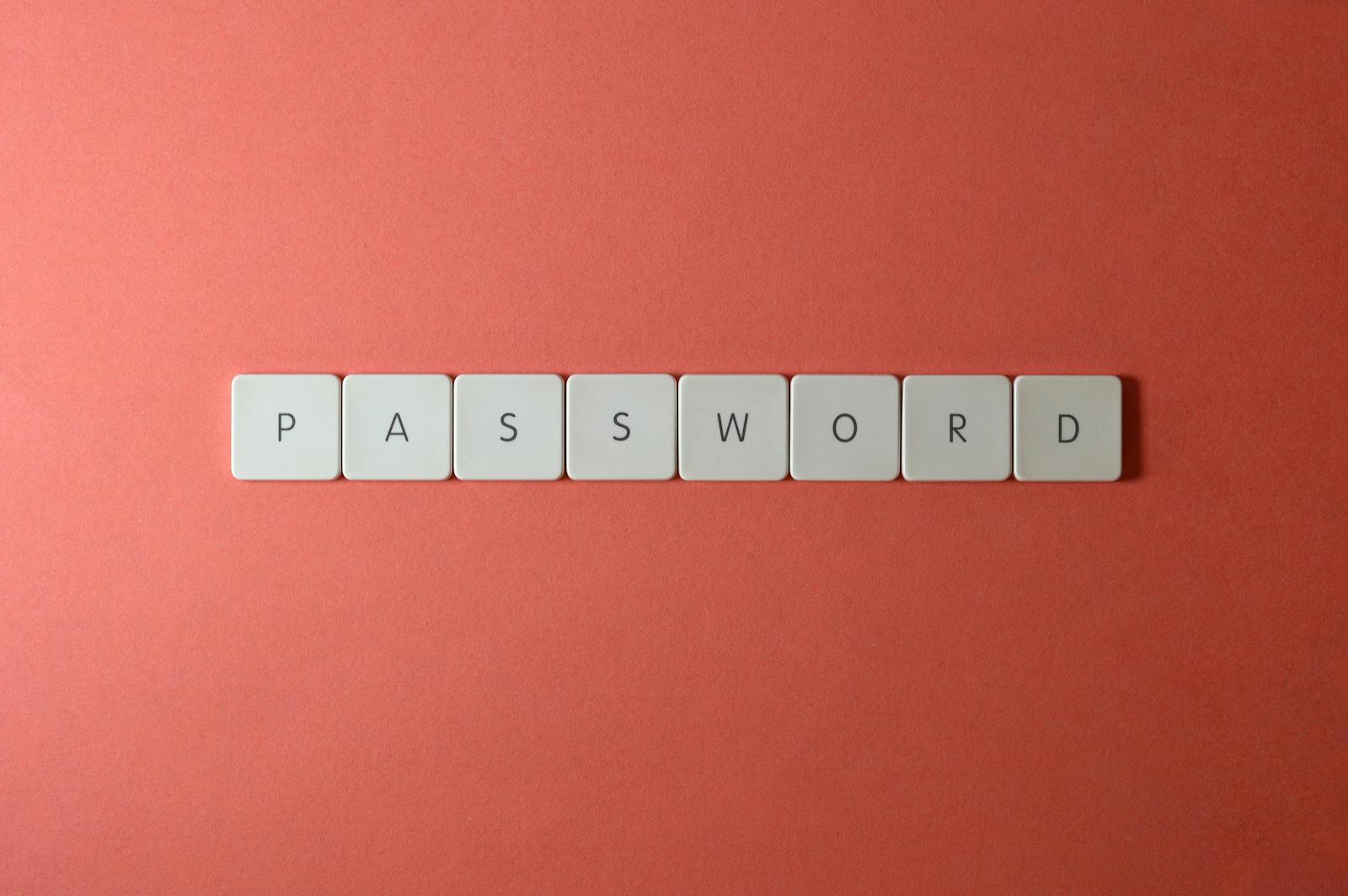The concept of multiple-factor authentication traces its roots to ancient civilizations, where multiple security measures were commonly employed to protect valuable assets. Throughout history, the fundamental principle of layered security has evolved from physical implementations to today’s sophisticated digital safeguards.
Historical Development
The evolution of authentication methods reflects humanity’s ongoing quest for secure verification systems. In 1961, MIT’s Compatible Time-Sharing System (CTSS) introduced the first computer password system, marking a significant milestone in digital security. This innovation established the foundation for modern authentication methods.
The 1980s brought the initial implementation of two-factor authentication in the banking sector. The first ATM cards combined something you have (the card) with something you know (the PIN), establishing the foundational principle of modern 2FA systems. This development drew from the military’s long-standing practice of using multiple verification methods for accessing sensitive areas.
Philosophical Framework
The philosophical underpinning of two-factor authentication rests on the concept of “defense in depth,” a principle articulated by medieval military strategists and refined through centuries of security theory. This approach recognizes that security cannot be achieved through a single mechanism but requires the careful integration of multiple protective layers.
Legal Context
The legal framework supporting two-factor authentication emerged gradually. The Federal Financial Institutions Examination Council’s (FFIEC) 2005 guidance on “Authentication in an Internet Banking Environment” marked a crucial turning point, establishing multi-factor authentication as a regulatory expectation for financial institutions.
Modern Implementation
Contemporary two-factor authentication typically combines:
- Something you know (password)
- Something you have (mobile device)
- Something you are (biometric data)
The National Institute of Standards and Technology (NIST) has consistently validated that these combined factors provide substantially better security than single-factor authentication alone.
Technical Evolution
The technical implementation of 2FA has progressed from hardware tokens to sophisticated biometric systems. This evolution demonstrates how security systems must continuously adapt to meet changing threats while maintaining usability for end users.
Current Challenges
Modern challenges include:
- Balancing security with user convenience
- Protecting against sophisticated bypass attempts
- Ensuring compatibility across platforms
- Managing recovery mechanisms
Future Directions
The future of two-factor authentication points toward increased integration of biometric factors and adaptive authentication systems. The focus remains on designing security systems that work reliably in real-world conditions while adapting to emerging threats.
Summary
Two-factor authentication represents a crucial evolution in security thinking, combining ancient principles of layered defense with modern technological capabilities. Its development reflects both the historical progression of security theory and the practical needs of an increasingly digital society.
The fundamental principles of multi-factor authentication remain as relevant as ever, providing a robust framework for protecting digital assets in an interconnected world. Through this historical and philosophical lens, we can better appreciate how two-factor authentication embodies centuries-old security principles while addressing contemporary digital security challenges.
As technology continues to advance, the evolution of two-factor authentication will play a crucial role in shaping the future of digital security, building upon its historical foundations while adapting to meet new challenges in the digital age.

